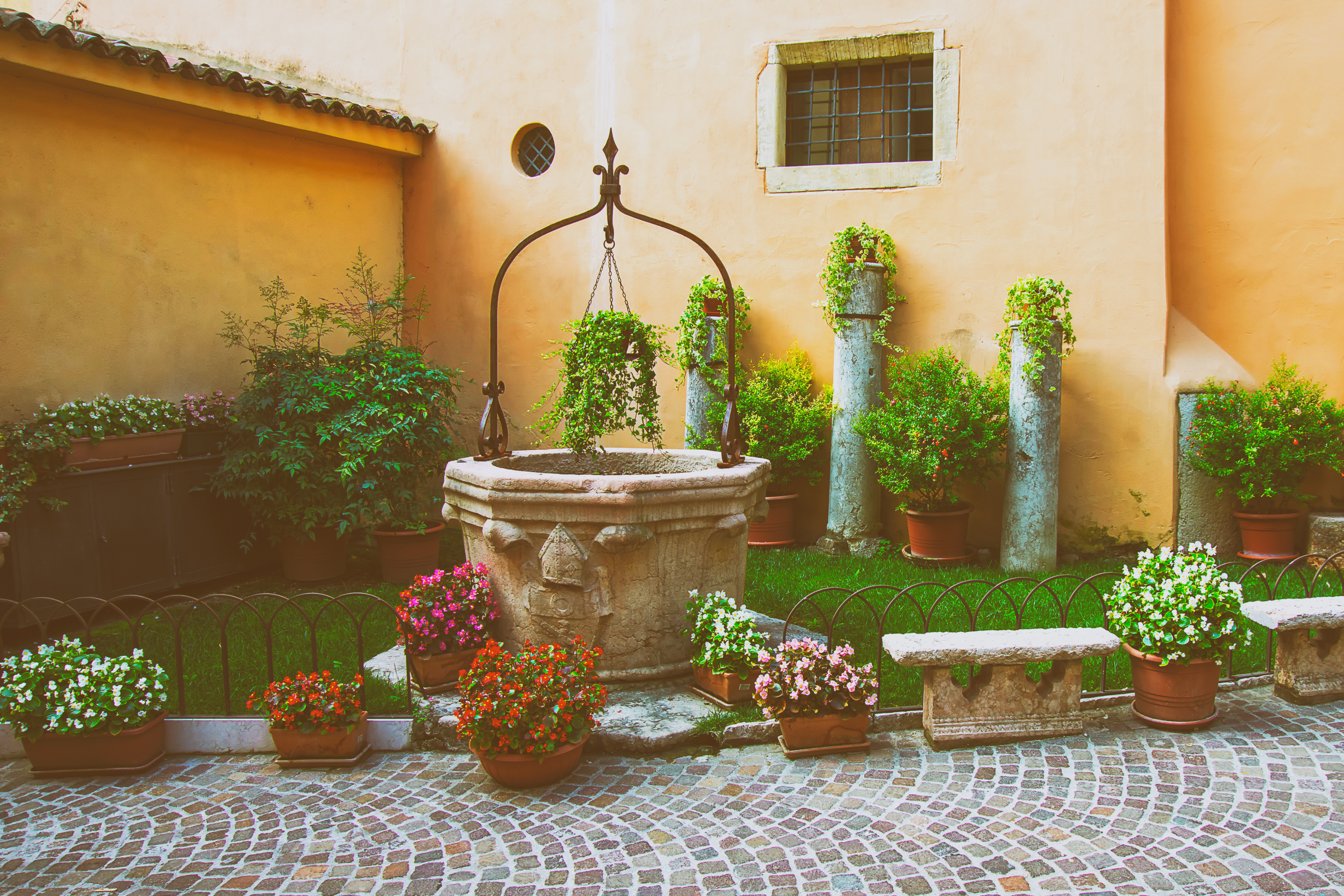Introduction:
Symmetrical gardens exude a sense of formal elegance and timeless beauty, characterized by balanced layouts, geometric shapes, and meticulously manicured plantings. Rooted in classical design principles, symmetrical gardens offer a sense of order, harmony, and refinement that lends a sophisticated air to any outdoor space. Whether you have a grand estate or a modest backyard, designing a symmetrical garden allows you to create a captivating landscape that exudes grace and sophistication. In this guide, we'll explore the principles of symmetrical garden design, offer tips for creating balanced layouts with flair, and inspire you to infuse your outdoor space with the timeless elegance of formal garden design.
Principles of Symmetrical Garden Design:
-
Balance and Symmetry: Symmetrical gardens are characterized by their balanced and symmetrical layouts, with elements such as pathways, planting beds, and architectural features mirrored on either side of a central axis. Achieving balance and symmetry in garden design requires careful planning and attention to detail to create harmonious compositions that please the eye and evoke a sense of order and proportion.
-
Geometric Shapes: Embrace geometric shapes such as squares, rectangles, circles, and ovals in your garden design to create clean lines and structured forms that define the layout and structure of the space. Use formal hedges, clipped topiaries, and architectural elements such as pergolas, arbors, and trellises to delineate pathways, define garden rooms, and frame focal points within the garden.
-
Repetition and Rhythm: Incorporate repetition and rhythm into your garden design to create a sense of continuity and flow throughout the space. Repeat plantings, ornaments, and design motifs along the central axis and throughout the garden to create a cohesive and unified composition that draws the eye and invites exploration.
-
Seasonal Interest: Design your symmetrical garden to provide seasonal interest and beauty throughout the year, with a carefully curated selection of plants that offer blooms, foliage, and fragrance in every season. Choose a mix of evergreen shrubs, flowering perennials, and seasonal bulbs to create a dynamic and evolving garden that delights the senses year-round.
Tips for Designing Symmetrical Gardens with Flair:
-
Create a Central Axis: Establish a central axis or focal point in your garden design to serve as the backbone of the layout and provide visual organization and structure to the space. Align pathways, borders, and architectural features along the central axis to create a sense of balance and symmetry that anchors the design.
-
Define Garden Rooms: Divide your symmetrical garden into distinct garden rooms or outdoor "rooms" that serve different functions and create visual interest within the overall layout. Use formal hedges, walls, or plantings to delineate boundaries and create intimate spaces for relaxation, dining, and entertaining.
-
Mix Formality with Informality: Add a touch of whimsy and personality to your symmetrical garden by incorporating informal elements such as meandering pathways, rustic accents, and naturalistic plantings alongside formal features. Mix formal hedges and clipped topiaries with informal grasses, wildflowers, and cottage garden favorites to create a dynamic and engaging landscape that balances structure with spontaneity.
-
Focus on Detail: Pay attention to detail in your symmetrical garden design, from the selection of plants and materials to the placement of ornaments and accessories. Choose plants with interesting foliage, textures, and colours to add depth and dimension to planting beds, and select high-quality materials such as stone, brick, and wrought iron for pathways, edging, and decorative features.
Inspiring Symmetrical Garden Ideas:
-
Parterre Garden: Create a parterre garden with geometric planting beds, formal hedges, and intricate patterns that evoke the elegance of French chateau gardens. Plant boxwood hedges, lavender borders, and seasonal flowers in symmetrical arrangements to create a timeless and sophisticated garden that exudes old-world charm.
-
Italianate Garden: Design an Italianate garden with symmetrical pathways, terraces, and water features that reflect the classic beauty of Italian Renaissance villas. Use formal paving patterns, ornate fountains, and sculptural elements such as urns and statues to create a sense of grandeur and opulence reminiscent of Italian gardens.
-
Modern Formal Garden: Create a modern interpretation of the formal garden with sleek lines, minimalist plantings, and bold architectural features that reflect contemporary design trends. Incorporate geometric shapes, clean lines, and a limited colour palette of greens, whites, and grays to create a sleek and sophisticated garden that feels both timeless and on-trend.
Conclusion:
Designing a symmetrical garden allows you to create a landscape that exudes formal elegance, timeless beauty, and refined sophistication. By embracing classical design principles, incorporating geometric shapes, and paying attention to detail, you can create a captivating outdoor space that reflects your personal style and enhances the beauty of your home.
So, dare to dream big and unleash your creativity as you design your own symmetrical garden with flair. With a little planning, imagination, and a touch of inspiration from the timeless elegance of formal garden design, your symmetrical garden will become a masterpiece of beauty, balance, and timeless allure that delights the senses and enriches the soul.
Happy gardening, and may your symmetrical garden bloom with grace, elegance, and enduring beauty!

